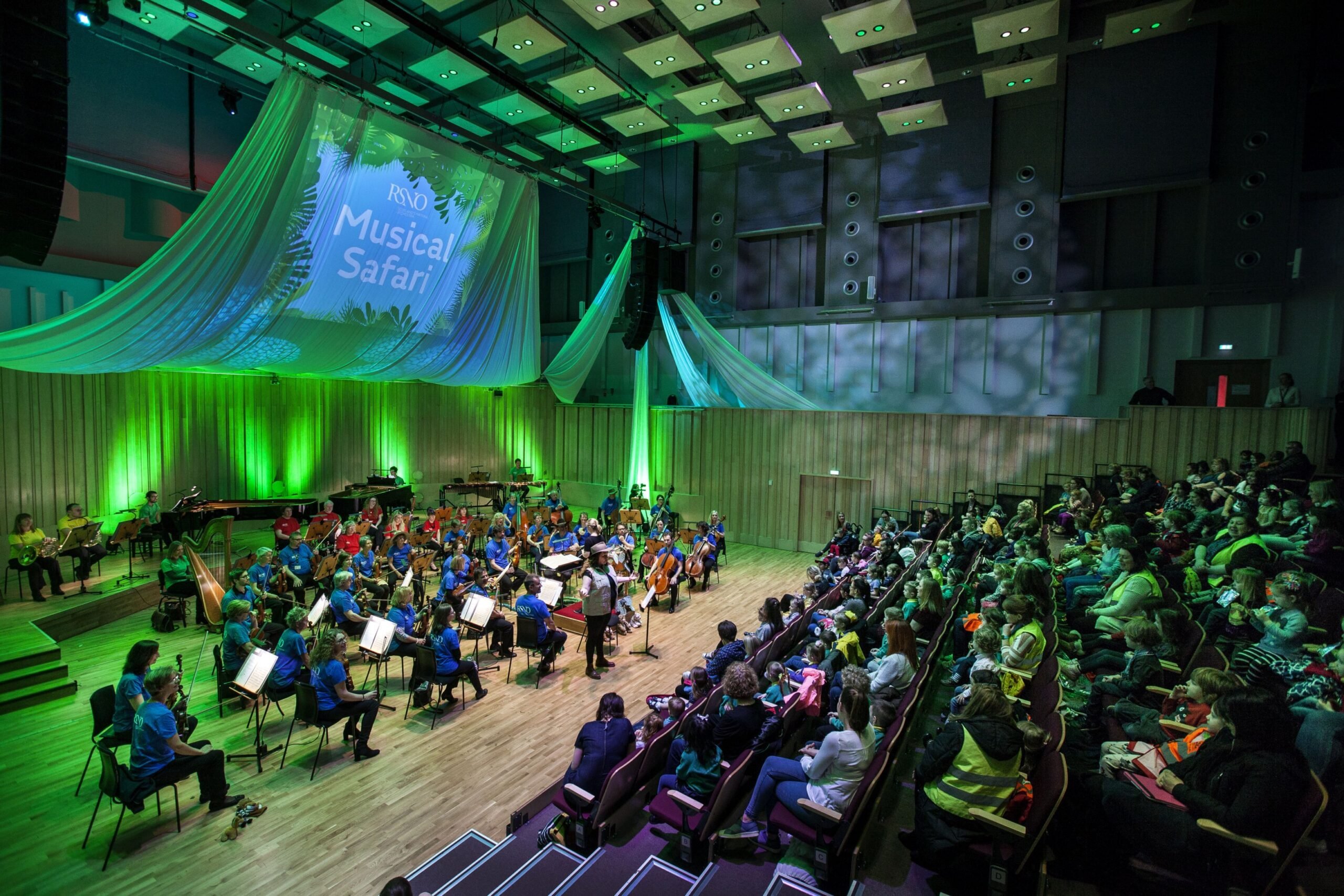
Shaping audience behaviour
Performing in concert halls around the world makes setting ticket prices tricky. So, explains Jane Donald, the RSNO begins by asking one simple question.
The RSNO is Scotland’s national orchestra. We promote and present concerts in Scotland and tour to Europe, China and most recently the US.
Working in a multi-city and multi-venue environment requires an approach to pricing that is adaptable in the different marketplaces in which we operate. Pricing is therefore viewed as a flexible tool that helps us achieve the central and multiple imperatives of the organisation: generate revenue, encourage attendance, reach new audiences, offer new experiences and promote the artistic reputation of the RSNO.
Several years ago we re-worked our pricing policy, not only to inspire loyalty with existing members and donors but to engender loyalty with young audiences
To translate these imperatives into tangible tactics, our pricing strategy focuses on the simple question: How do we want our audiences to behave? We have identified five behaviours: buying early, buying more, buying for others, buying something new and buying RSNO.
Buying early: the significance of timing
As in comedy, good pricing strategies rely on good timing. We always endeavour to reward our customers when they purchase early on in the selling cycle. Being guaranteed the opportunity to retain their ‘own’ seats rewards subscribers who purchase their subscriptions in the first two months following our season launch. Early bird offers, which incentivise early purchasing, limit the temptation to offer last-minute, and often damaging, discounts. Conversely, creating a higher price for door sales can encourage audiences to buy earlier.
Dynamic pricing, or time-based pricing, can help generate higher levels of income for performances that are in demand by increasing the ticket price of seats in all price bands. It can also help dress the house by altering the price of those seats that may be causing unsightly gaps in an auditorium. As a touring company, we find venues have varying degrees of capacity to manage dynamic pricing. We work closely with them to understand the capabilities of their systems and the level of resources they are working with.
Buying more: the importance of volume purchases
We want our customers to purchase more than just one or two concerts in a season. We run a multi-buy, fully flexible subscription based on the simple principle that the more you buy the more you save. The greatest savings are rewarded to customers who purchase all concerts in a season.
Fixed package deals, which bundle together concerts based on customer preferences, are another way of encouraging customers to purchase more. Package deals that offer a discounted price for a curated programme of concerts, including programmes a customer may not normally attend, can maximise an organisation’s reach objectives by encouraging a customer to try something new in addition to encouraging them to purchase more tickets.
Buying for others: rewarding organisers
Three years ago we decided to increase the priority given to group sales by employing a part-time group booking co-ordinator. They actively approach groups of all kinds, from youth groups (experiencing classical music for the first time) to corporate parties. As a touring company, we don’t generally have access to customers at the direct point of sale and having a dedicated resource enables us to make direct contact with organisers of group bookings.
Keeping a simple pricing structure for groups has worked for us. We offer 30% off full-price tickets for groups of 11+ and 20% off for groups of six to ten people. Rewarding the group organiser or initiator with a complimentary ticket and programme is an easy way to thank them for their effort.
Buying something new: developing audiences
We particularly want to encourage individuals who have never experienced us, or any orchestra, to attend our performances. We can achieve this through programming – over the past few years we have grown our film programme with film concerts and these attract up to 75% new attenders – but pricing also plays an important part.
To grow these audiences we have worked in partnership with our venues and festivals to share the financial risk. Creating a special pre-sale period for loyal customers and the customers of our partners has resulted in new audiences for both organisations.
Buying RSNO: engendering loyalty
We want our audiences to be regular and frequent attenders. Unexpected upgrades are an easy way to ‘surprise and delight’ loyal attenders. Several years ago we re-worked our pricing policy, not only to inspire loyalty with existing members and donors but to engender loyalty with young audiences. We changed our discounting policy to reduce the barriers to access for young people (under 26s pay £6 per concert and under 16s go free).
A balanced method
In conclusion, there are many variables involved in putting together the pricing strategy for an orchestra like ours. With every pricing decision we ask ourselves the questions above. Not every question will be relevant to every decision we make and occasionally we may find conflict between these things. However, this is a balanced and relatively easy method for considering pricing decisions at all stages of the sales cycle.
Jane Donald is Director of External Relations at RSNO.
www.rsno.org.uk
Join the Discussion
You must be logged in to post a comment.